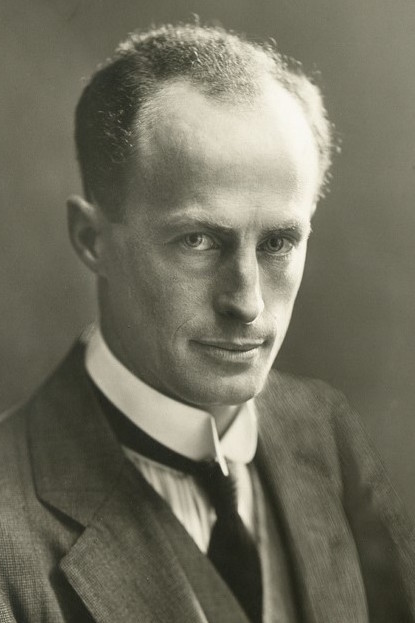Douglas Mawson
 Sir Douglas Mawson (5 May 1882 – 14 October 1958) was an Australian geologist, Antarctic explorer, and academic. He is known for being a key expedition leader during the Heroic Age of Antarctic Exploration, along with Roald Amundsen, Robert Falcon Scott, and Sir Ernest Shackleton (with whom he undertook the ''Nimrod'' Expedition in 1907–1909). However most of his geological work was undertaken in South Australia, in particular the Precambrian rocks of the Flinders Ranges.
Sir Douglas Mawson (5 May 1882 – 14 October 1958) was an Australian geologist, Antarctic explorer, and academic. He is known for being a key expedition leader during the Heroic Age of Antarctic Exploration, along with Roald Amundsen, Robert Falcon Scott, and Sir Ernest Shackleton (with whom he undertook the ''Nimrod'' Expedition in 1907–1909). However most of his geological work was undertaken in South Australia, in particular the Precambrian rocks of the Flinders Ranges.Mawson was born in England and was brought to Australia as an infant. He completed degrees in mining engineering and geology at the University of Sydney, after which he was appointed lecturer in petrology and mineralogy at the University of Adelaide in 1906. From 1903 onwards he undertook significant geological exploration, including an expedition to the New Hebrides (now Vanuatu) in 1903, and later in the Flinders Ranges and far north-east of South Australia and over the border near Broken Hill in New South Wales. He was interested in the commercial applications of geology, in particular the radioactive minerals being used in medical applications in the early 1900s. He identified and first described the mineral davidite in 1906, and later became an expert in the geochemistry of igneous and metamorphic rocks. Much of his later work was focused on the Precambrian rocks Adelaide Superbasin (which included the Flinders and Barrier Ranges), where there are significant fossil beds showing the beginnings of animal life on Earth.
Mawson's first experience in the Antarctic came as a member of Shackleton's ''Nimrod'' Expedition (1907–1909), alongside his geologist lecturer and mentor Edgeworth David. They were part of a group which became the first to climb Mount Erebus in March 1908. Mawson, David, and Alistair Mackay formed the expedition's northern party, which later, setting off in October 1908, became the first people to attain the South magnetic pole. After his participation in Shackleton's expedition, Mawson became the principal instigator and leader of the Australasian Antarctic Expedition (1911–1914). The expedition explored thousands of kilometres of previously unexplored regions, collected geological and botanical samples, and made important scientific observations. Mawson was the sole survivor of the three-man Far Eastern Party in 1912–3, which travelled across the Mertz and Ninnis Glaciers, named after his two deceased companions. Their deaths forced him to travel alone for over a month to return to the expedition's main base, which became known as Mawson's Huts. Mawson's account of the expedition was published in 1915 as ''The Home of the Blizzard''.
Mawson was knighted in 1914, and during the second half of World War I worked as a non-combatant with the British and Russian militaries. He returned to the University of Adelaide in 1919 and became a full professor in 1921, contributing much to Australian geology.
He returned to the Antarctic as the leader of the British Australian and New Zealand Antarctic Research Expedition (aka BANZARE, 1929–1931), which led to a territorial claim in the form of the Australian Antarctic Territory. The two long summer voyages were also noteworthy for the major oceanographic as well as terrestrial collections.
Mawson is commemorated by numerous landmarks, and from 1984 to 1996 appeared on the Australian $100 note. Provided by Wikipedia
-
1